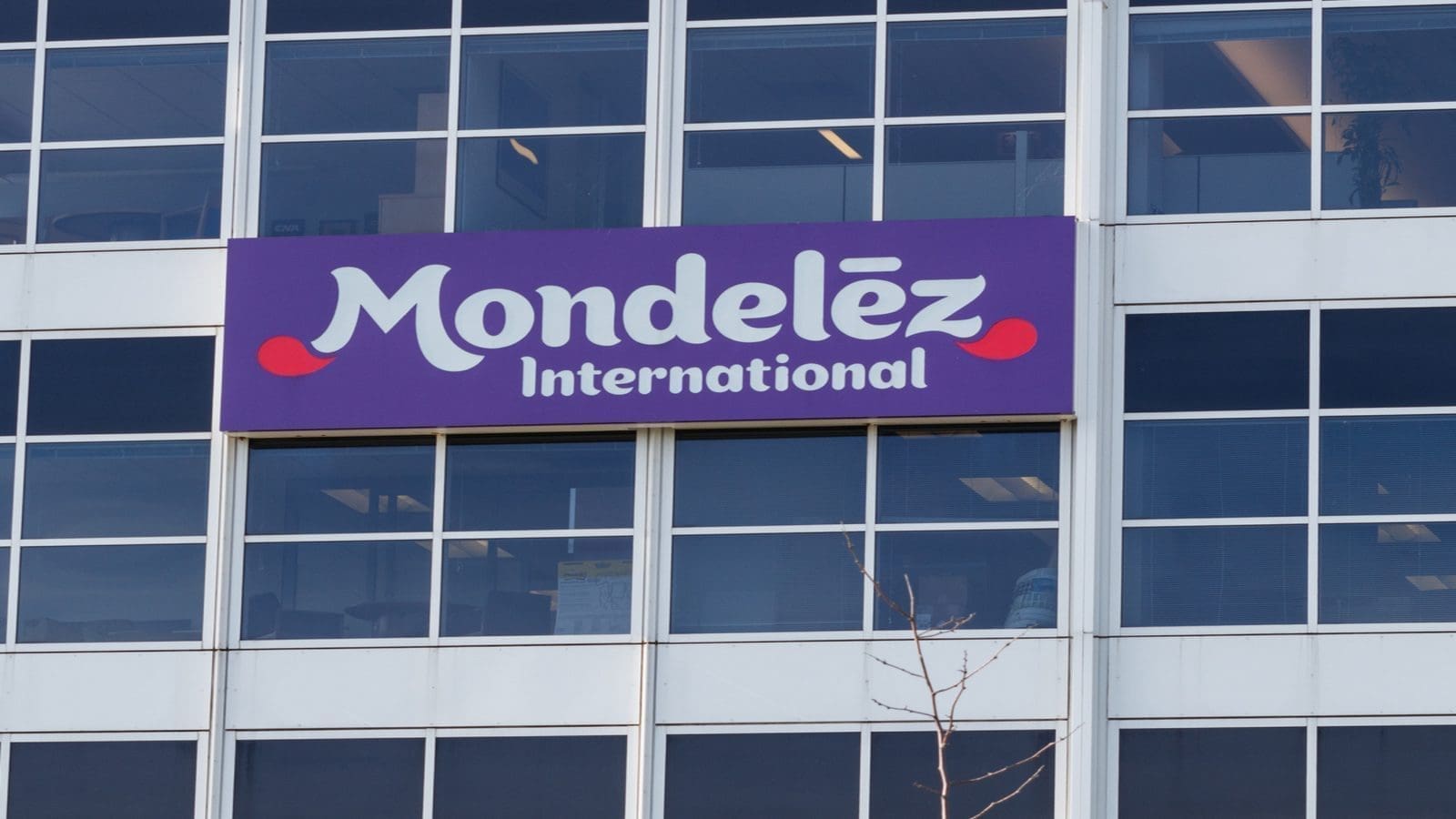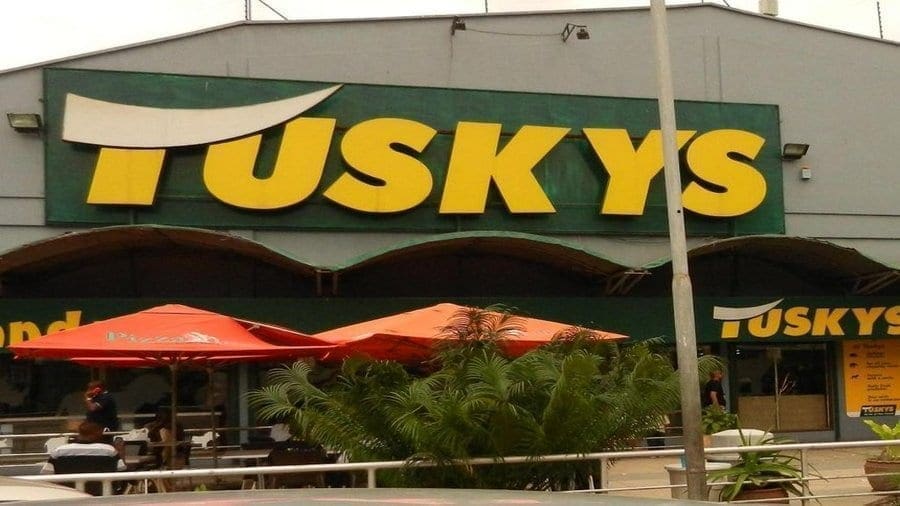USA — After a year that was punctuated by supply chain disruptions and labour strikes, American multinational confectionery and snack food company Mondelez International has emerged strong with better than predicted financial outcomes.
The Chicago-based Oreo cookie maker posted net sales of US$28.7 billion in the year ended Dec. 31, up 8% from $26.6 billion in 2020.
Net income in 2021 at Mondelez rose to US$4.3 billion, equal to $3.06 per share on the common stock, up 21% from $3.56 billion, or $2.48 per share, in 2020.
Adjusted earnings per share rose 9%, strength Mondelez attributed to operating gains, higher earnings from equity method investments, and lower interest expense, partially offset by higher taxes.
“2021 marked another year of strong top- and bottom-line results despite a challenging macro environment,” said Dirk Van de Put, chairman and chief executive officer.
“We continued to execute well against our strategic growth initiatives with volume-led top-line growth, strong profitability, increased investments in brands and capabilities, and strong free cash flow generation.”
The company’s impressive performance comes against a backdrop of labor strikes at its Nabisco plants in North America which significantly affected its operations in the region.
North America weighed down by strikes
Adjusted operating income of the North America business of Mondelez in 2021 plunged 10% to US$1.59 billion from US$1.77 billion in the year ended Dec. 31, 2020.
Sales for the region were however up 1.8% to US$8.3 billion, from US$8.16 billion in 2020.
Fourth-quarter operating income in North America was $361 million, down 20% from $453 million a year earlier.
While the company was able to mitigate the third-quarter effects of an Aug. 10-Sept. 18 strike at Nabisco plants, management had warned that the stoppage took a toll on inventories.
The Ritz cracker maker however notes that efforts to rebuild inventories have been hampered by supply chain difficulties.
Mr. Van de Put said Mondelez has not been able to fully resupply customers during the period and noted that sales in 2021 were strong relative to 2019.
“If you look at the last quarter, we had the strike in Q3, which left us with low inventory levels. And although improving, it’s going slower than you would normally expect because of all the supply chain disruption that everybody is experiencing.”
Mr. Van de Put further revealed that Mondelez is more reliant on contract manufacturing than its competitors, exacerbating its challenges.
“Those external manufacturers are facing labor challenges, and we expect also that we will continue to see some pressures in that area, at least for Q1,” he said.
He noted that price increases announced for Jan. 1 were not yet reflected in 2021 results but will be helpful in the new year.
Demand to remain robust in 2022
Looking forward, Mondelez should benefit from consumers’ continued proclivity to eat at home, Mr. Van de Put said. He cited data indicating 60% of US adults do not intend to eat out more in 2022 than they did in 2021.
“This positions our core biscuits and chocolate portfolios well as they are skewed toward in-home consumption,” he said.
He said global cost inflation was hitting the company hard, particularly expenses for transportation, edible oils, dairy, and packaging.
In its guidance for 2022, Mondelez said it expects growth rates in line with its long-term objectives of 3% organic revenue and high single-digit adjusted earnings per share growth with free cash topping $3 billion.
The company cautioned that its outlook was issued “in the context of greater-than-usual volatility as a result of COVID-19”.
Liked this article? Subscribe to Food Business Africa News, our regular email newsletters with the latest news insights from Africa and the World’s food and agro industry. SUBSCRIBE HERE










